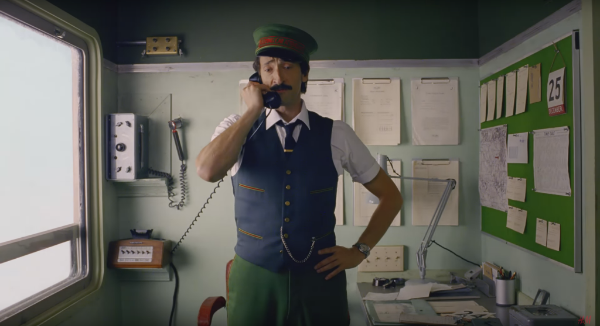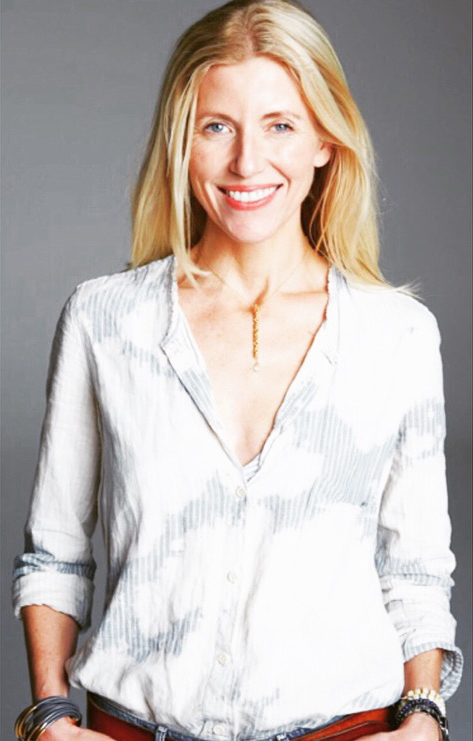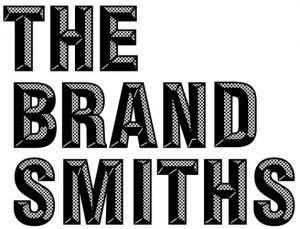
If you want to know more about someone, participate in a naming exercise. You’ll learn a lot, and fast.
Whereas in many other business interactions it is hard to decode individual and organizational motivation, the process of naming a company, product or brand is an easy tell about the stakeholders.
One of my primary jobs is to name things. In the past few weeks, I’ve found myself around the conference room table with multiple teams in different cities, trying to name companies. Some yearn for clever names that sound like rock bands or production companies, while others want more neutral, confident references that speak to DNA or methodology. Certain generations are solving for Instagram hashtagability, while others are measuring against the seriousness of an investor deck.
One of my favorite aspects of this process is that you can start to see who needs to be creative (maybe they’ve been handcuffed by a suit), or who wants to leverage lowest common denominator (franchise owners). Need is worn right on the sleeve when it comes to names.
Taken further and applied elsewhere, it’s easy to see a hidden agenda unearthed when someone dominates a conversation (control) or mentions their accolades at any opportunity (acknowledgment). It’s all there if you’re paying attention.
All of us have a creative/emotional/professional itch we need to scratch. Sometimes it’s more obvious than others. But certain habitats reveal them in such a poignant way.
It’s so fascinating to watch these unintended confessions revealed. Naming discussions just happen to be an easy place to hear them. But they’re actually everywhere, if you listen.







